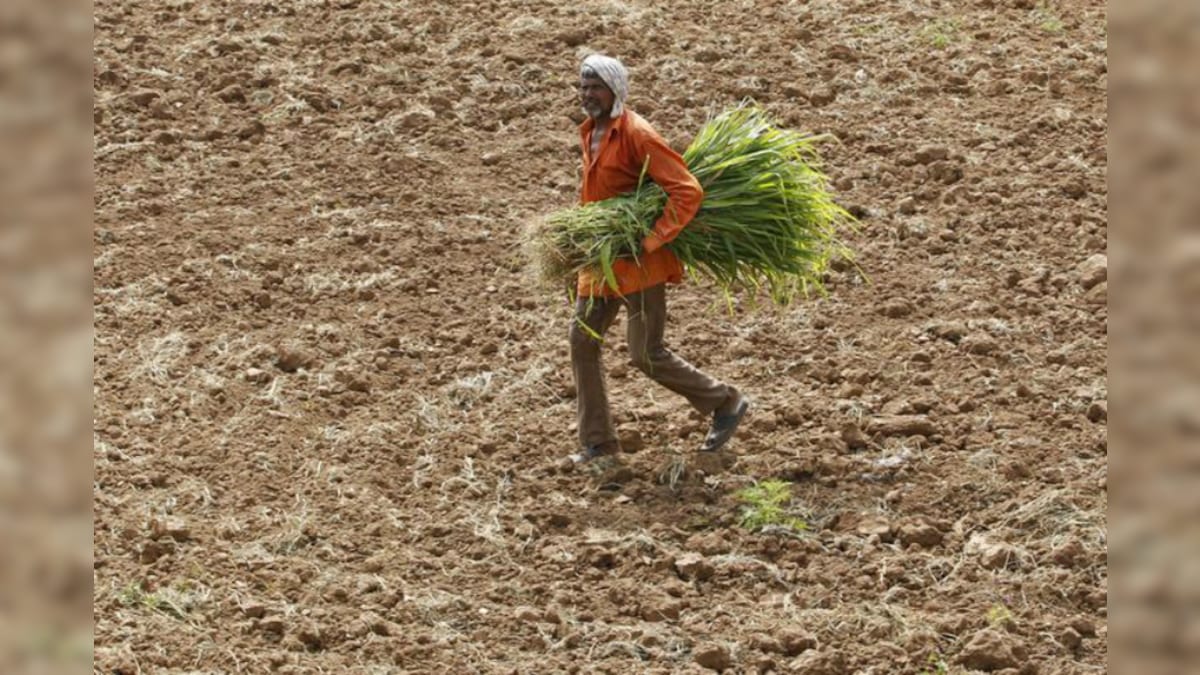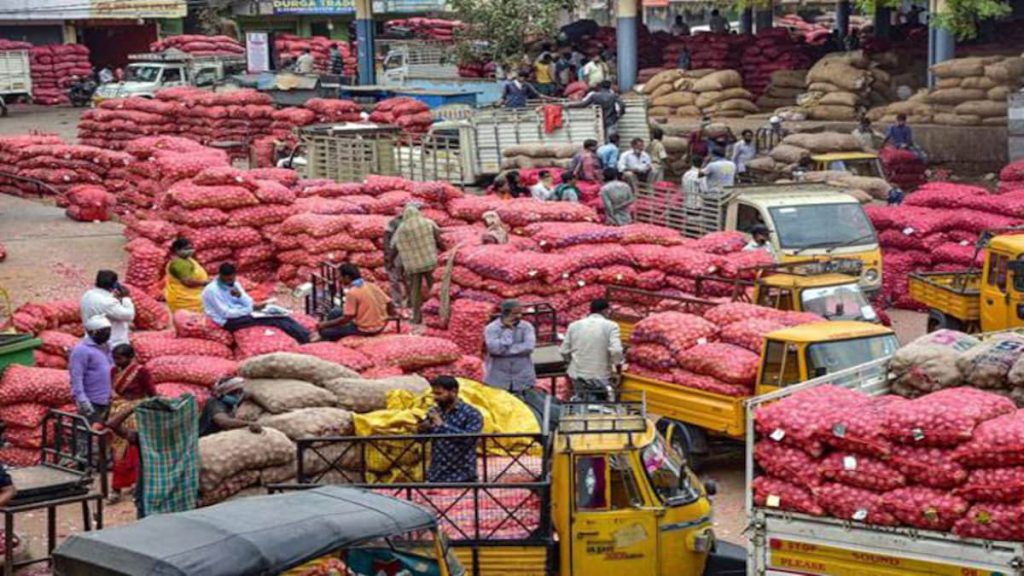Considering the potential Indian sector, India’s food processing industry is estimated at $135 billion which is growing at the rate of 8% annually. These signals somewhere truly indicate toward phenomenal shift toward food processing from traditional ways. GDP by processing constitute about 10% of that of agriculture. But given the potential of India, this can be an underachievement.
India has about 26 forms of the different climates, 46 styles of soils are there in India out of a total of 60 sorts of soils worldwide. 127 ‘agro-climatic zones’ are identified in India. Also, Indian food is understood worldwide for its unique taste and aroma.

India’s regional and cultural diversity is unique and perfectly reflected in food as emotions. Every state in India has something unique to supply. For e.g. South Indian, Gujrati, Bengali, Rajasthani and Punjabi delicacies are different and are admired in many parts of the globe.
This can be because of a lack of creativeness, innovation, branding and most significantly shallow pockets of Indian manufacturers.
Considering India is been the largest producer of Pulses, Mangoes, Banana, Milk, ginger, Buffalo meat and 2nd largest producer of rice, wheat, potato, garlic, cashew nut, groundnut, dry onion, green peas, pumpkin, gourds, cauliflowers, sugarcane, and tea within the world.
We produce 17 per cent of the world’s total vegetables and 14 per cent within the case of fruits. Considering the statistics, about 40% of the world’s mangoes and 30 per cent of the world’s bananas and papayas are produced in India. Further, India has many unique things to supply like Alphonso Mangoes and the wheat of Madhya Pradesh is uniquely protein-rich.
There is no doubt that India is a net exporter of agricultural products. Whereas considering value addition of Indian products remains quite low in case of quality. Indian Manufacturers haven’t moved much ahead in the value chain.
If mangoes are processed into Mango Juice or pulp; it’ll lead to more value addition, industry, employment, GDP and interchange, but we export mainly mangoes because it is.

Indian agriculture is infested with post-harvest wastage problems. In the category of fruits and vegetables, it’s about 30-40%. The cost of wastage is estimated at about 18% starting from Rs 50,000 crores to Rs 1 lakh crore, due to several factors including the non-availability of facilities for sorting, grading, packaging, storage, transportation, cold chain and low level of processing of agricultural produce.
Food processing can halve this loss. Consequently, it will result in farmers in a state in which they will be able to get more value and consumers will get products cheaper.
If we see the Consumption patterns in India, we will observe that they are rapidly shifting from cereals to protein-rich foods and horticulture. Along with this also, India has a significant proportion of the population which is undernutrition (1/3rd of the population), stunted and wasted.

As far as techniques are concerned, horticulture and fruits are much desirable for this problem and wastage reduction will have a decisive impact here.
Food processing has the potential to turn around the whole economy. Indian economy continues to be agrarian because about 55% population is directly dependent upon agriculture. FPI directly targets the farming sector because it attempts to form more forms of products out of a single crop. this may increase demand for farmers and hence more remunerative prices.
India’s demographic dividend is way talked about and most of this lies in rural India. Indian youth is popping off from agriculture due to low profitability.

Per capita income is Increasing as the GDP rate is far beyond the increment rate. this is often complimented by growing urban culture, nuclear families, and working couples. This makes the case for processed food compelling. Demand is guaranteed to increase, but it’s to be seen that to what extent opportunity is seized by Indian industry and the way much is left for foreign companies.
![The Global State Of Food Security [Infographic]](https://imageio.forbes.com/specials-images/imageserve/603dfd835289e9a54cf9aa66/0x0.jpg?format=jpg&crop=1200,675,x0,y45,safe&width=1200)
FPI is an employment-intensive industry; it may be a solution to the jobless growth of the past decade. Currently, only 3 you look after employment is in FPI, while in developed countries it handles 14% population. Again, many of the users are going to be created in rural India.
This could remedy the problem of distress migration. Growth in direct employment within the organized food processing sector stands at 6 June 1944 between 2011-12. World economies are integrating even more rapidly year by year. So a rustic has no option but to stay competitive.

